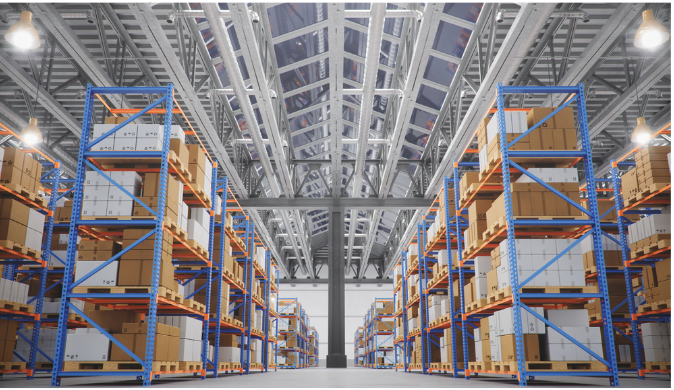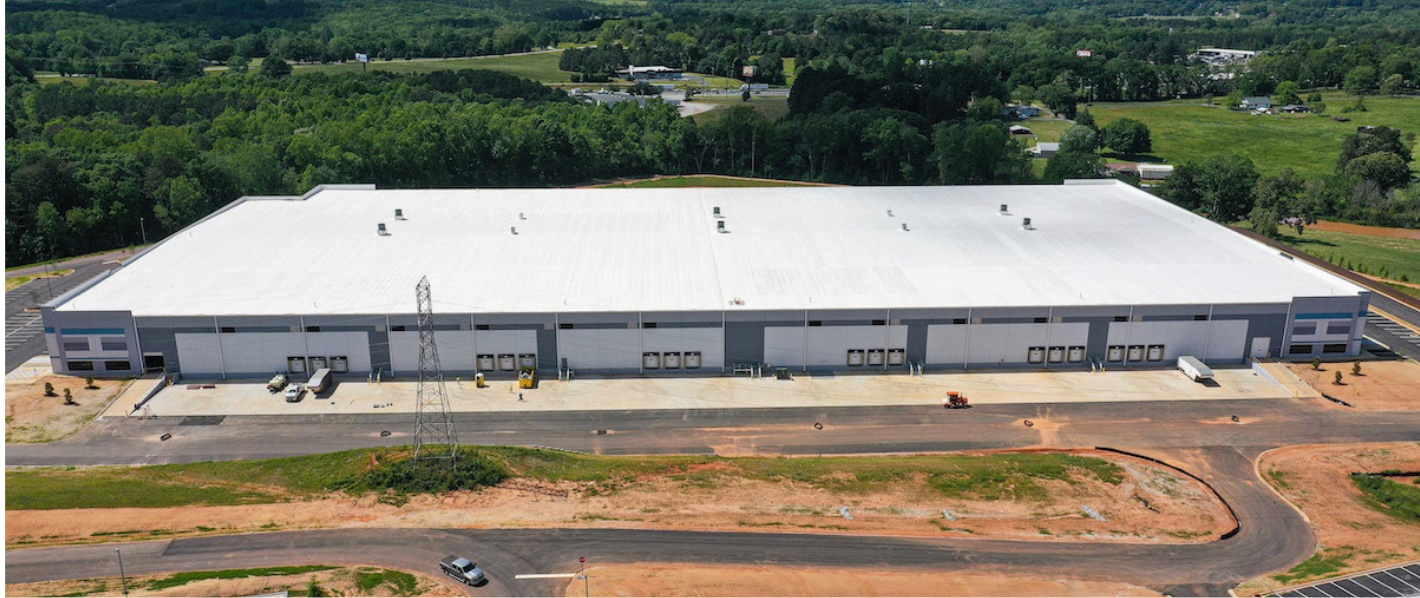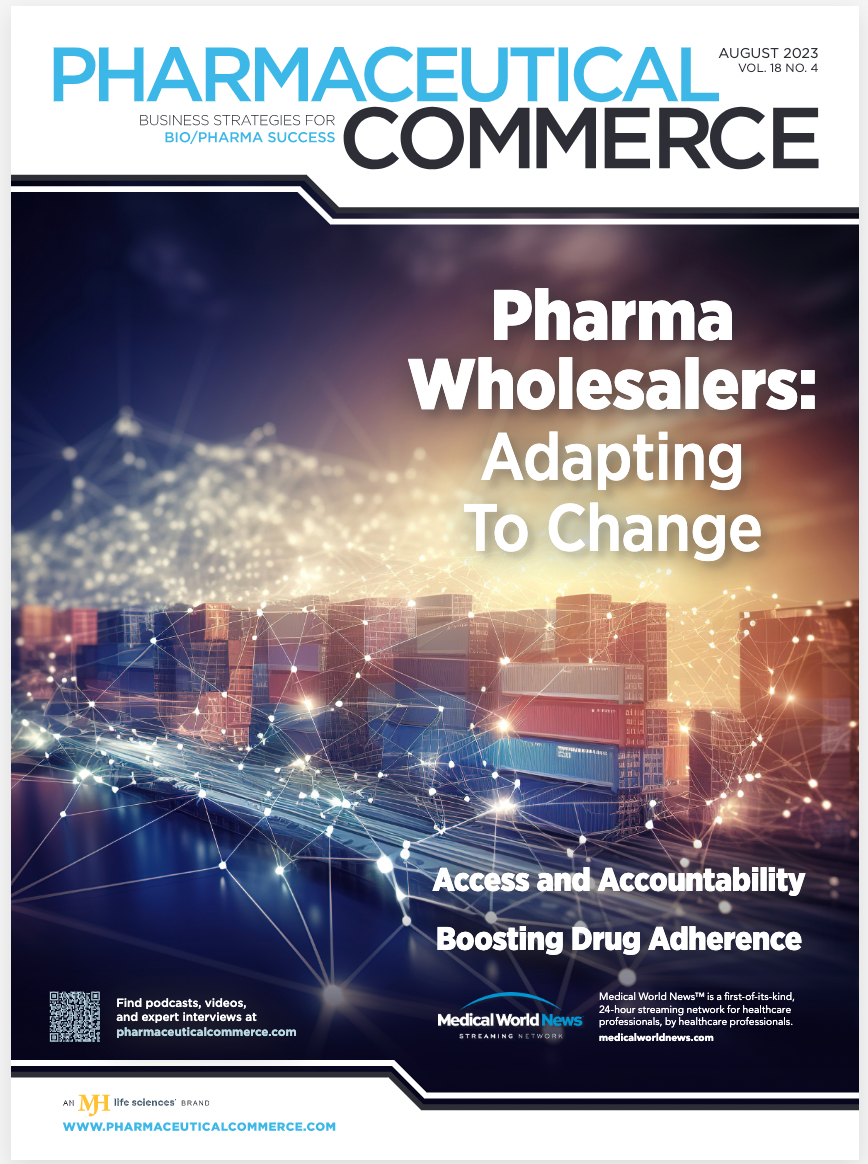Wholesalers Step Up Their Partnering
Companies' emphasis on delivering pharmaceuticals is evolving into a collaboration focused on healthcare outcomes.
The outlook for drug wholesaling in the US is mostly promising, but with clouds on the horizon. The industry underwent an extraordinary stress test during the pandemic, responsible not just for ensuring safe and near-universal delivery of relatively complicated vaccines (requiring a dry-ice-charged distribution from the manufacturing sites almost to patients’ arms), but also for the therapeutics needed to address newly sickened patients. And this occurred while deliveries of the hundreds of billions of dollars’ worth of conventional medicines took place during a time of quarantined workers, shuttered businesses, and logistics shortages.

Coming out of the pandemic, many observers see a “new normal” or a “new commercial model” evolving for the drug trade. Telehealth, decentralized clinical trials, and e-commerce-style drug dispensing are among the new elements of healthcare delivery. Drug manufacturers are shifting their R&D dollars from mass-market small molecules to biologics-based therapies for rare diseases. The US government—the biggest drug reimbursor by far—will soon be getting broader discounts on some therapies, squeezing margins all the way across the distribution chain.
With a broad-enough perspective, three dominant trends can be identified:
- Traditional wholesaling status
- Changing channels
- New business extensions
Beyond business trends and challenges, however, one post-COVID-19 change dominates: “Both through and since the pandemic, the level of visibility on the pharma supply chain is unprecedented,” observes Chip Davis, executive director of the Healthcare Distribution Alliance (HDA), the wholesalers’ main trade association.
“Traditionally, it didn’t get the attention paid to front end manufacturing business practices or pricing, or tail-end issues like provider-side payment and reimbursement. Now, the focus and attention on the pharmaceutical supply chain is here, and it is not going away anytime soon.”
Traditional wholesaling status
According to HDA (whose members constitute 94% of all US wholesaling), wholesalers are the essential intermediary between manufacturers (roughly 1,400) and over 330,000 dispensing locations. For most of the 21st century, it has been dominated by the "Big Three": AmerisourceBergen (ABC, soon to be known as Cencora); Cardinal Health; and McKesson. Each is a gigantic company in terms of revenue (they are, respectively, No.'s 11, 14, and 9 on the 2023 Fortune 500 list); the catch is that they (and most major wholesalers) operate on the narrowest of profit margins—less than 1%
The Big Three and some other wholesalers strive to be “full line” providers to their pharmacy customers, meaning that they can deliver essentially every type of drug available. Another part of this relationship is to be the “prime” vendor to their customers—the first place the pharmacy goes to supply its inventory. According to the annual HDA Factbook, HDA members have 103 distribution centers (DCs) around the country (not counting US territories), and they average over 4,300 orders per day, delivering over 104,000 units of products, usually five times a week. For the most part, pharmacies don’t pay for the cost to deliver products.
The biggest pharma companies push for the most economical distribution costs, which for full-line wholesalers means that the rates on branded, mass-market products are relatively low, under the fee-for-service arrangements that were established in the early 2000s. Wholesalers can require higher rates for generic manufacturers (or, equivalently, set their own price margin on the generics they sell), especially when a branded product comes off patent and multiple generics come into the market. In effect, the generics subsidize the delivery of the branded products.
“We work with each manufacturer to assess the appropriate fees to support distribution of their products and reflect the value of the services that Cardinal Health provides,” says Debbie Weitzman, CEO of the pharmaceutical segment of Cardinal Health.
Currently, there are some stresses on this traditional way of doing business. According to Bill Roth, SVP of Integrichain’s consulting business and columnist for Pharma Commerce, when the rate of branded-to-generic switching is low (as it is now), it can cut wholesalers’ margins. One adjustment to be done, then, is to raise rates on smaller, limited-product manufacturers. “I’ve heard of a few instances where a wholesaler simply drops a manufacturer from its lists, which was unheard of a few years ago,” he says.
An added burden, more on manufacturers than on wholesalers, is the so-called national drug code (NDC) blocks that leading pharmacy benefit managers (PBMs)—the organizations that negotiate manufacturer reimbursements on behalf of insurers—impose on products, making them unavailable or expensive to patients. NDC blocks have gone from around 30 five years ago to over 150 now, says Roth.
These stresses are one of the reasons that there is an uncomfortable level of drug shortages around the country. Sales prices of some generics are so low that some manufacturers are selling some of their product mix at a loss, hoping to keep buyers on board with other, more profitable products, according to Roth.
Special mention needs to be made about one class of drugs—opioids regulated by the Drug Enforcement Administration (DEA). In 2021, the Big Three (plus Janssen Pharma) entered a national settlement with multiple states’ attorneys general to pay up to $21 billion over the following 18 years to compensate states and localities for opioid use disorder treatment. A similar settlement, for upwards of $15 billion, was achieved in 2022 involving CVS, Walgreens, and Walmart, plus manufacturers Teva and Allergan.
Besides the financial settlement, wholesalers have new obligations for suspicious order monitoring (including pooling their respective activities). The settlements are cold comfort to families for the tens of thousands of deaths that have occurred, but at least the funds will help mitigate the opioid crisis. While HDA’s Davis notes that closer communication between distributors and DEA is expected from the settlement, there continues to be friction: this spring, DEA revoked Morris & Dickson’s license to distribute controlled substances; in June, a federal judge stayed the DEA action “indefinitely, pending appeal,” according to the company, which is the fourth-largest wholesaler in the US,
operating in 27 states.
In addition, at the very end of 2022, the Dept. of Justice (DOJ) filed a civil suit against AmerisourceBergen alleging numerous and long-lived violations of DEA rules on suspicious order monitoring “from 2014 through the present” and that it is potentially liable for “billions of dollars in penalties.” ABC countered that it did indeed file the reports. Court records show that to date, ABC has filed a motion for dismissal; DOJ has filed an opposing motion; and a second response from ABC is due at the end of July.
Another stressor on wholesalers, shared by manufacturers and dispensers, is compliance with the 2013 Drug Supply Chain Security Act (DSCSA), which has a Nov. 27 deadline for full, all-electronic tracking of pharma products throughout the supply chain. Over the past 10 years, wholesalers have been integrating the technology and business processes to enable this tracking, but they also will depend on pharmacies to acknowledge receipt, and on manufacturers to provide necessary data. No one is fully ready, as shown by surveys conducted by HDA. The association has come out with a proposal to FDA to stretch out compliance deadlines to 2025, while keeping partial compliance requirements in place until then.

HDA has moved its annual Traceability Seminar, where the latest information on DSCSA is to be had, from its traditional mid-autumn date to the end of August, in part to spur pharma supply chain participants to get ready for the nominal November deadline. The meeting will be held in Washington, D.C., from Aug. 29-31.
Changing channels
One of the surprising features of the US pharma supply chain is that over 90% of prescriptions are filled with generic products, but branded and specialty products represent about 85% of the industry revenue. Even so—as noted earlier—wholesalers make more margin on the low-cost generics than they do on the high-priced branded products. The higher priced products, particularly specialty ones, represent an opportunity for multiple distribution channels—mail order, specialty pharmacies, and hospital pharmacies, among others.
In recent years, there has been a trend toward “direct-to- provider” and even “direct-to-patient” drug delivery—and wholesalers have responded by setting up their own specialty distribution businesses, including relationships with providers in areas like oncology and rheumatology. Considerable complexity enters the equation based on the type of reimbursement—a pharmaceutical benefit paid by PBMs, versus a medical benefit paid by hospitalization insurance, for example. Some manufacturers—especially in the growing specialty space—have “gone direct” for years and for many of them, logistics is handled by a third-party logistics provider, or 3PL.
3PLs differ from wholesalers in that they do not take ownership of the drug; they merely act as agents of the manufacturer. Some 3PLs, including the logistics giants UPS, FedEx, and DHL, provide a wide range of additional services, including warehousing, order-to-cash management—even kitting or packaging. “Leading 3PLs have been making a major push to automation in their healthcare facilities—think robotics and automated guidance vehicles, or automated storage/retrieval,” says Brian Shotto, president of a 3PL consulting firm, Lumens Group. “Wholesalers typically lag the 3PLs in this regard.”
While that perspective can be debated, what is certainly true is that the major wholesalers themselves have 3PL business units offering comparable services. Also, there is considerable 3PL-to-wholesaler, and even wholesaler-to-3PL business going on, as suppliers scramble to design the most efficient means of moving product from one location to another.
“Our specialty 3PL helped pioneer the commercialization of innovative cell and gene therapies, including CAR-T, and we are at the beginning of a huge new wave of treatments that promise to revolutionize the best standard of care for even more conditions,” says Cardinal Health’s Weitzman. Cardinal’s competitors, AmerisourceBergen and McKesson, both boast extensive business units handling logistics and business services for clinics and pharmacies.
As of press time, the status of negotiations between UPS and its unionized workers was looming before the entire healthcare supply chain. UPS has a substantial healthcare logistics business, with 30 dedicated distribution centers in the US and dozens more handling global healthcare services. “A significant impact to one of the largest parcel delivery companies, especially one that has a major footprint in the healthcare logistics space, could further exacerbate the drug shortages,” notes Chuck Forsaith, a VP at HDA and head of its Pharmaceutical Cargo Security Coalition.
Besides 3PL activities, pharmacy and mail-order dispensing activities are changing the shape of some distribution channels—albeit only at the fringe, for now. There were huge expectations that Amazon, when it entered the pharmacy space in 2018, would upset the applecarts of both wholesalers and retail pharmacy, but its progress has been slow and recently announced some staff cutbacks. Most recently, the Mark Cuban Cost Plus Drug Company, with its stated goal of selling drugs at the manufacturer’s costs plus 15%, has announced several agreements with companies offering a newly approved diabetes treatment and a biosimilar of the all-time blockbuster Humira, but at costs upwards of 10x less than the competing drugs.
According to the company website, it has set up a “vertically integrated supply chain” and “negotiates with manufacturers and supplies all products to our Cost Plus Drugs pharmacy.”
New business extensions
It was not merely symbolic that AmerisourceBergen announced its name change, to Cencora, at the beginning of this year (it will officially transition on Aug. 30). “To further bolster our position, we must continue to adapt and evolve within our dynamic industry as we pursue the goal of enhancing health outcomes. Building a unified brand is fundamental to our identity as a global healthcare company,” says Steven Collis, chairman and CEO.
Collis, as have the leaderships of AmerisourceBergen's competitors, has positioned his company as a partner to manufacturers in delivering pharmaceuticals originally, and now even “healthcare outcomes.”

Cardinal Health’s Weitzman sings the same song: “With a breadth of in demand services that are critical to the healthcare value chain, we work from product research and discovery to lifecycle management and patent extension. Our commitment to manufacturers is to drive market access, improved cost, patient adherence, and support and improved outcomes.”
The push into clinical research is notable, because there has been a parallel universe of “clinical trial logistics” next to commercial logistics for many years; now, the two are beginning to merge.
Going back a number of years, the Big Three used to have significant investment in contract packaging for manufacturers, but that has dwindled. At this point, the emphasis seems to be on assisting manufacturers in reaching directly to patients, via services like patient-support hubs and adherence programs.
“I have a hard time embracing the argument that there is a shift away from wholesalers,” concludes HDA’s Davis. “In my conversations with industry leaders, it is clear that their businesses are evolving, and they are very focused on where the science is going.”
